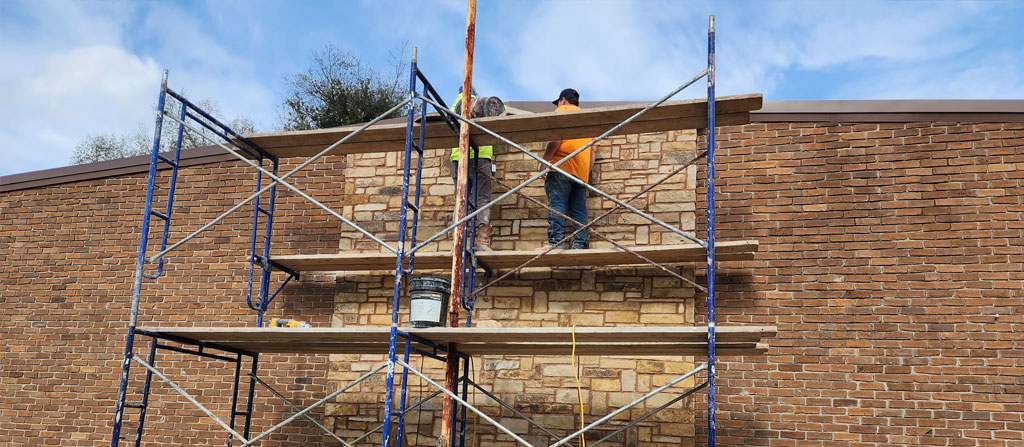How does cross brace scaffolding contribute to the stability of scaffolding structures?
Understanding A-Frame Scaffolding
Cross brace scaffolding is an integral component of scaffold structures, providing essential support and stability. These braces, which are installed diagonally across the vertical frames, play a pivotal role in maintaining the rigidity and safety of the scaffolding. Let's explore the mechanics of cross bracing and its contribution to the stability of scaffolding structures.

The Mechanics of Cross Bracing
Cross braces consist of two diagonal members that intersect and are fixed to the scaffolding's standards (vertical frames) or ledgers (horizontal supports). This X-shaped configuration enhances the scaffold's structural integrity by distributing loads and resisting lateral forces that could cause swaying or collapse.
Key Contributions to Stability
- Lateral Support: Cross bracing provides lateral support to the scaffolding, preventing sideways movement that can lead to instability, especially under heavy loads or in windy conditions.
- Load Distribution: By connecting multiple points on the scaffolding frames, cross braces help distribute the weight of workers, materials, and equipment more evenly across the structure. This distribution reduces the risk of overloading specific areas and contributes to the overall balance of the scaffold.
- Rigidity and Strength: The diagonal placement of cross braces adds rigidity to the scaffolding structure. This rigidity is crucial for maintaining the scaffold's shape and integrity, ensuring it remains upright and functional under various conditions.
- Enhanced Safety: The increased stability provided by cross bracing directly impacts the safety of workers. A more stable scaffold minimizes the risk of accidents caused by shifting or collapsing structures.
Considerations for Effective Cross Bracing
- Proper Installation: For cross bracing to be effective, it must be correctly installed according to the scaffold's design specifications. Incorrectly placed or secured braces can compromise the structure's stability.
- Regular Inspections: Scaffolding, including its cross braces, should be regularly inspected for signs of damage, wear, or improper installation. Ensuring that braces are in good condition and correctly positioned is essential for maintaining scaffold safety.
- Compliance with Standards: The design and installation of cross bracing should comply with relevant safety standards and regulations. These guidelines ensure that the scaffolding is capable of supporting its intended loads while providing a safe working environment.
Wrapping it Up!
Cross brace scaffolding is fundamental to the stability and safety of scaffold structures. By providing lateral support, enhancing load distribution, and adding rigidity, cross braces ensure that scaffolding remains a reliable platform for construction activities. Adhering to proper installation practices and safety standards is crucial for maximizing the benefits of cross bracing, safeguarding the well-being of workers, and ensuring the success of construction projects.
